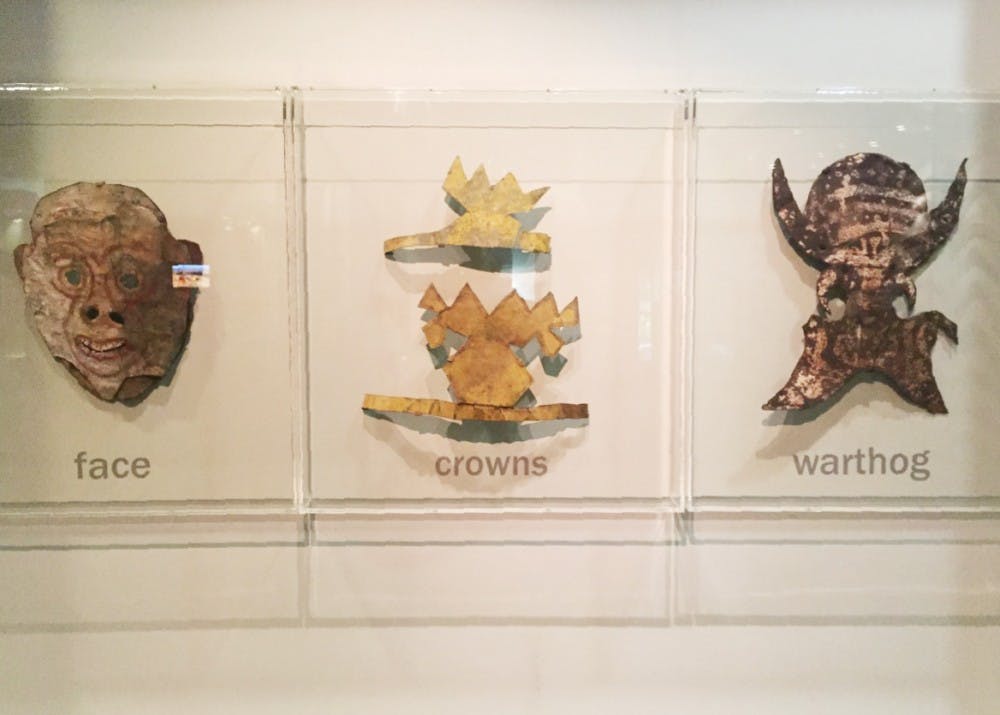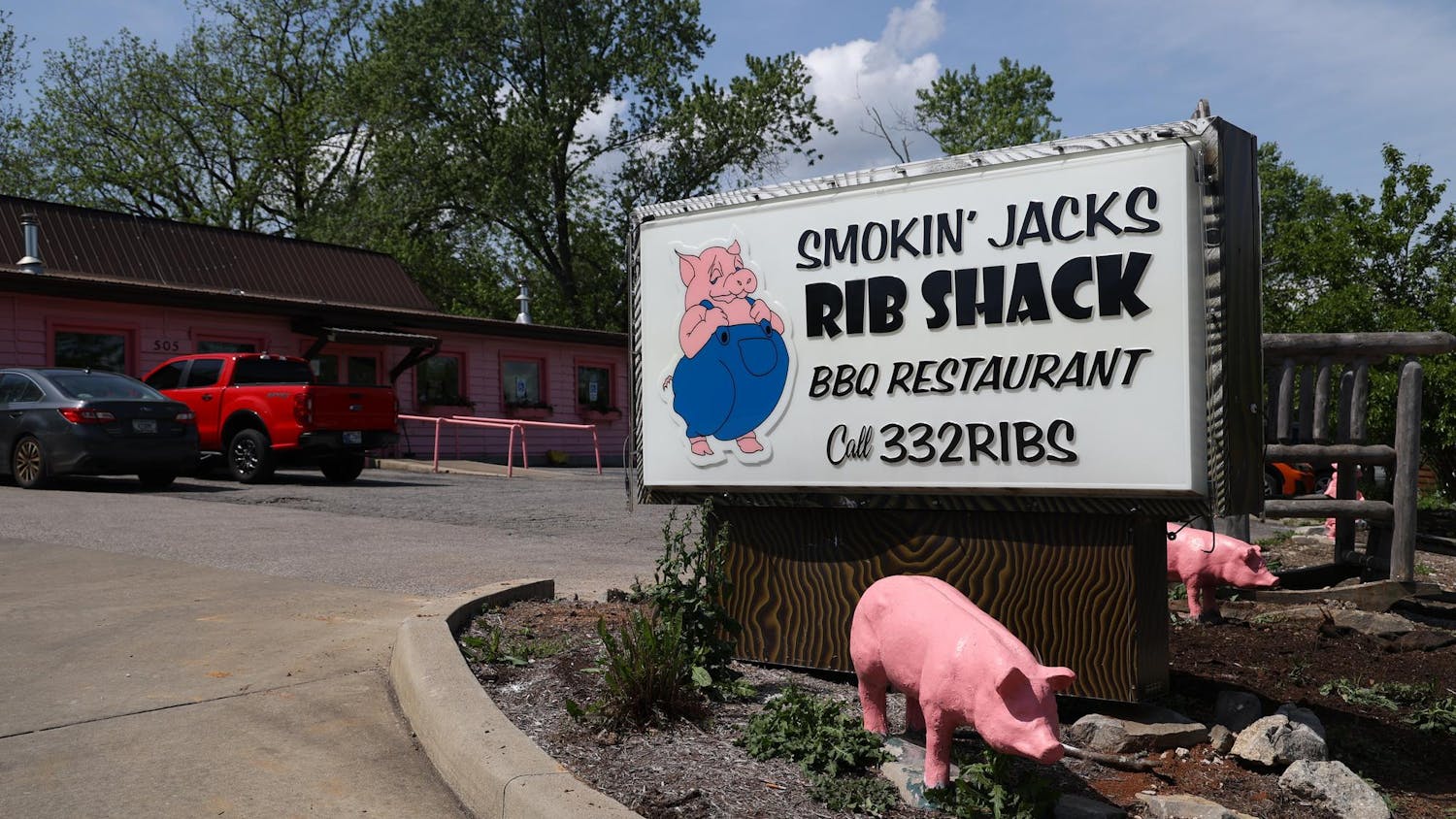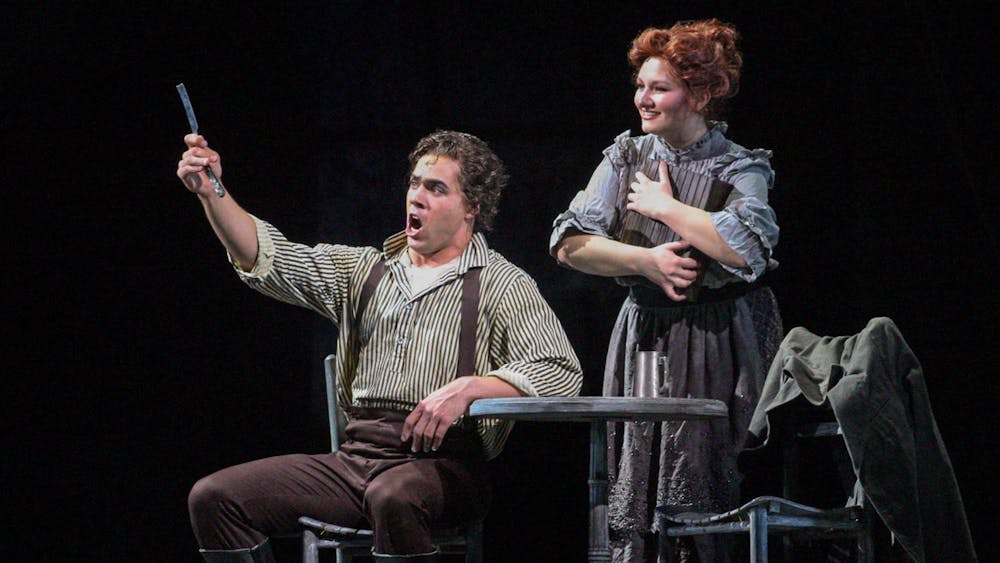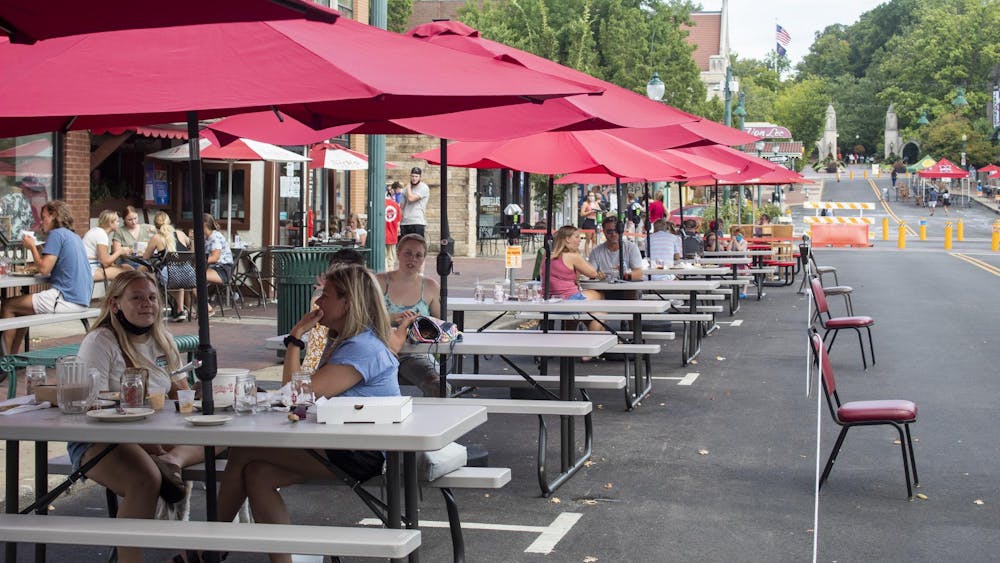I decided to spend my afternoon on Monday at the South Australian Museum in Adelaide, Australia. I wanted to explore its large exhibit devoted to aboriginal culture in Australia and Oceania.
I traveled there alone and spent my time alongside older couples meandering the collections, school children in their uniforms and other lone wanderers.
Almost immediately, I had some astonishing experiences, not all of them pleasant.
My first shock was entering the aboriginal collection to hear one child exclaim in a loud voice, “Aboriginal people are weird,” and “They look so weird,” when gazing at photographs of aboriginal people and leaders.
While I’d like to stress that this was perhaps only the innocent remark of a child, and I might be reading too much into it, the experience set the tone for my walk through the two floors of cultural artifacts.
I couldn’t look at the collections within the museum the way I had intended at the start, as history that was past and resolved.
Rather, I heard this child’s words over and over, reverberating in my brain as I listened and watched videos of aboriginal people speaking about their lives and cultures.
I saw how aboriginal people collected water from one of the driest regions in the world and made masks and shields an art form.
This culture wasn’t dead. It was thoroughly alive and working in the world today.
One of the other exhibits, a series of murals painted on the doors of schoolhouses in the 1980’s and then redone even more recently, was on display. According to the exhibit, these murals were illustrating what aboriginal people call the “Dreaming,” which is their spiritual realm.
Now, it’s not like the Christian or Muslim concept of heaven or paradise. Rather then a place you go when you die, the Dreaming is always around and is always present. It’s a part of the very fabric of the land and the culture.
And many aboriginal people still believe in this Dreaming today. Again, this is not a culture that is dead and gone, but one that still lives, breathes and even dreams.
Some aboriginal people no doubt have heard some innocent child say words like the ones I heard.
I’m reminded in some ways of how, in the early days of European colonization, settlers would treat Native Americans. Even today in America, there are sentiments of distrust aimed at Native Americans, Latin American immigrants and others.
Our museums sometimes give testament to this. At the museum, I saw cultural artifacts, spears, shields and masks that were collected by settlers through violence or deceit. Today, there are many cases covered in Australian media in which aboriginal leaders seek the return of their history.
Often, they are denied.
Now, this isn’t to stir up some communal guilt about how native people or other groups have been treated throughout history. However, it is worth thinking about though, especially when at a museum and when you hear things like, “They look weird."
Museums often exhibit collections from around the world such as artifacts, treasures and ingenious creations. But all too often when I go into museums, even as a history major, I think “This is the past.”
Museums, and what they contain, speak to our present and set the tone for future conversations.
But museums do not hold all the answers and cannot always tell us the full story. Museums need to do a better job of telling the history of their collections not merely as the past but as a living tapestry.
And while I think the South Australian Museum does its best to give an honest and accurate history, there’s a lot of work to do both there and around the world.






